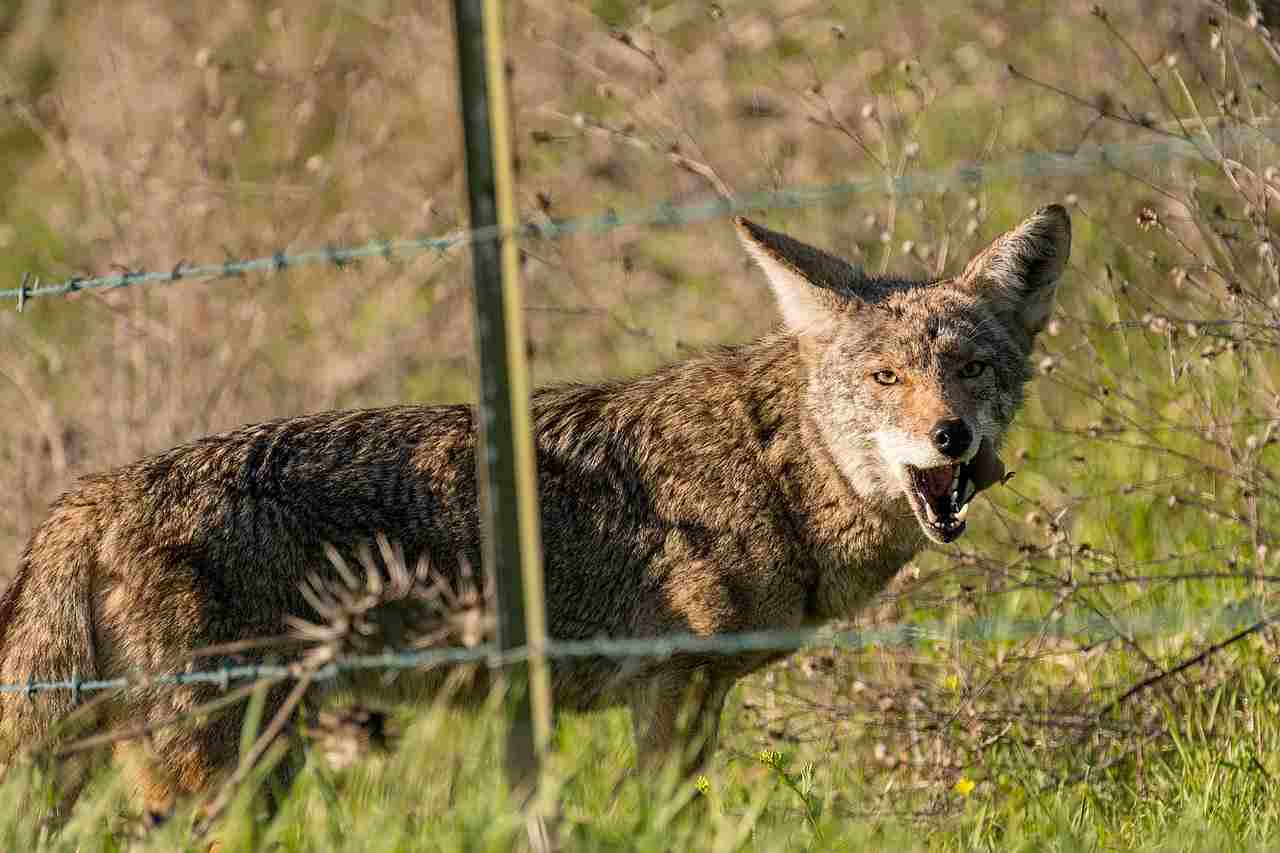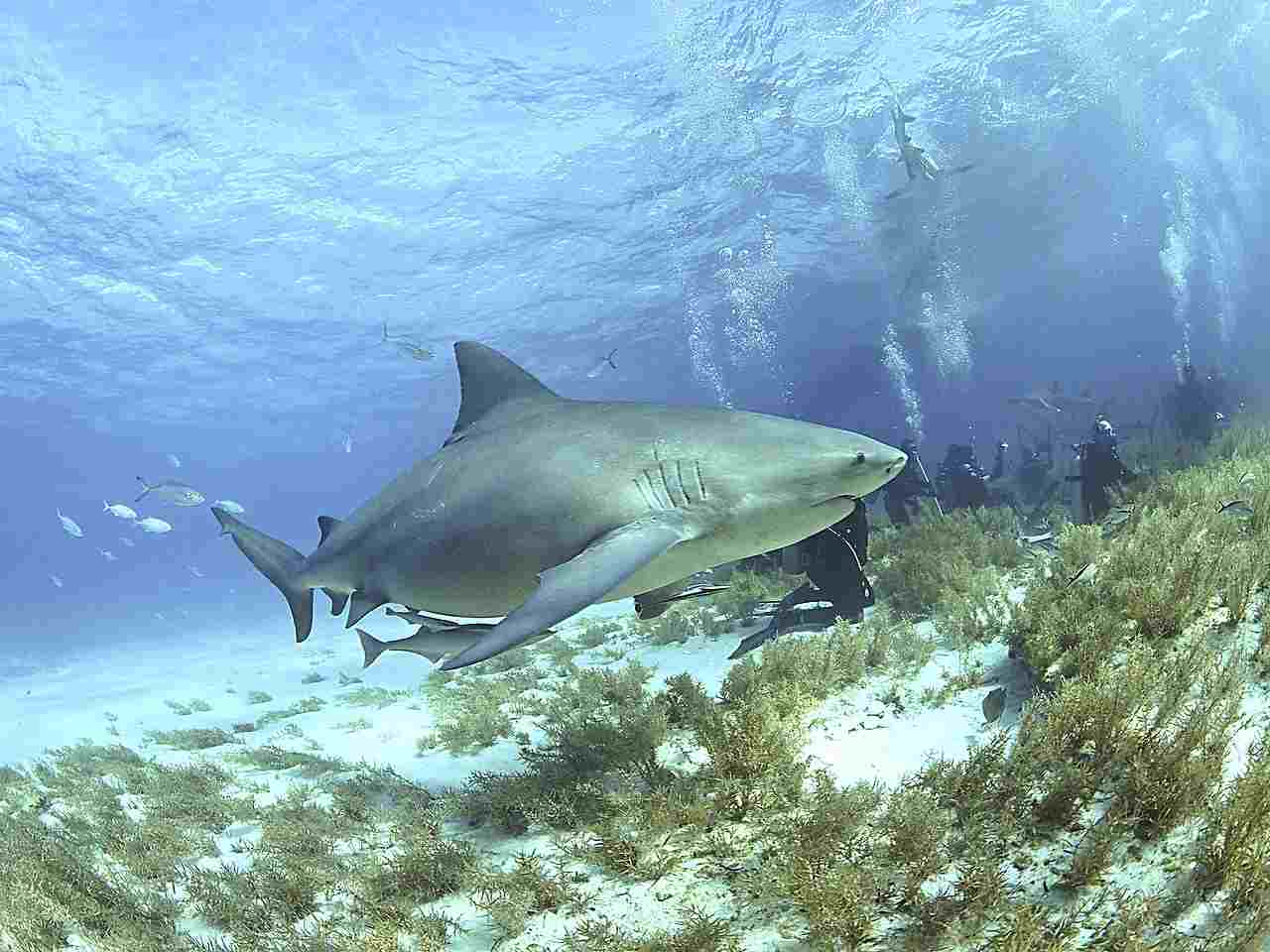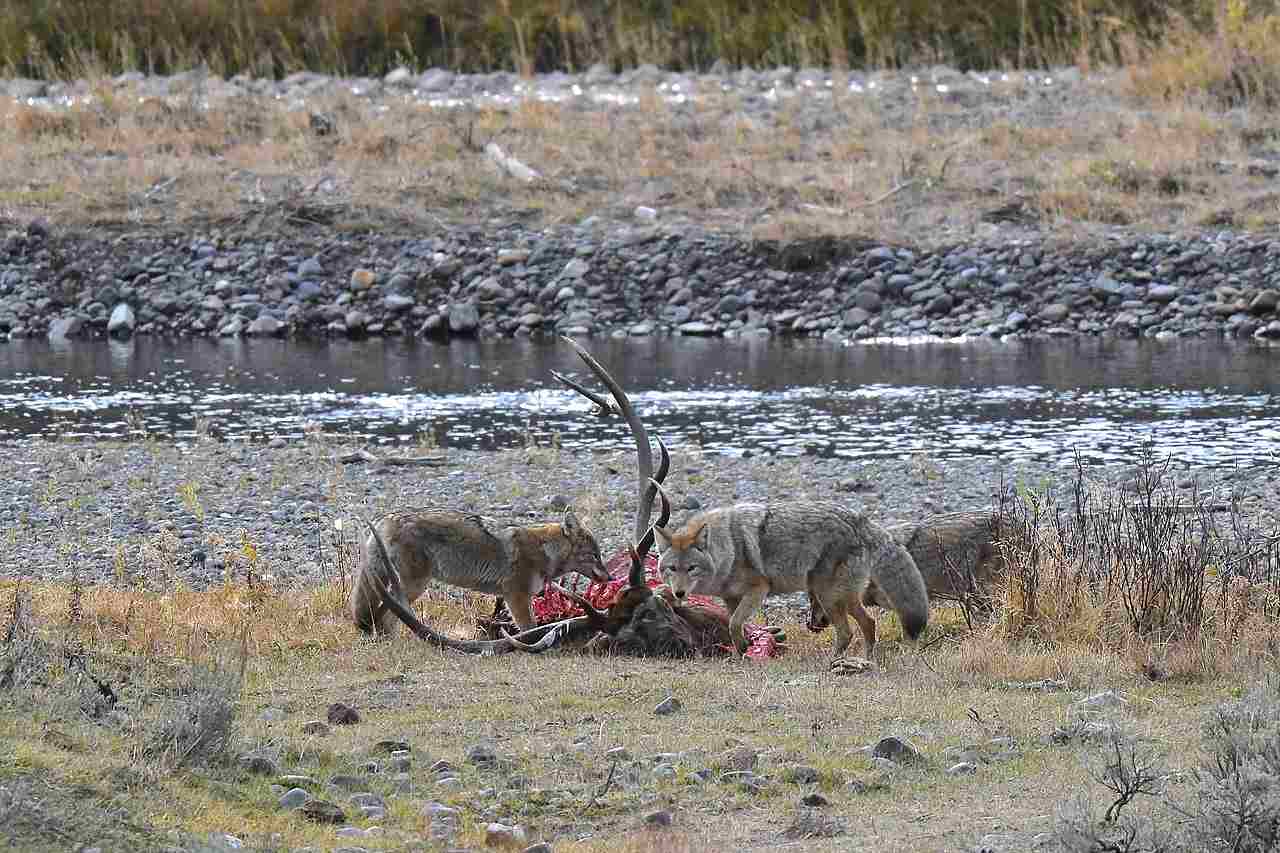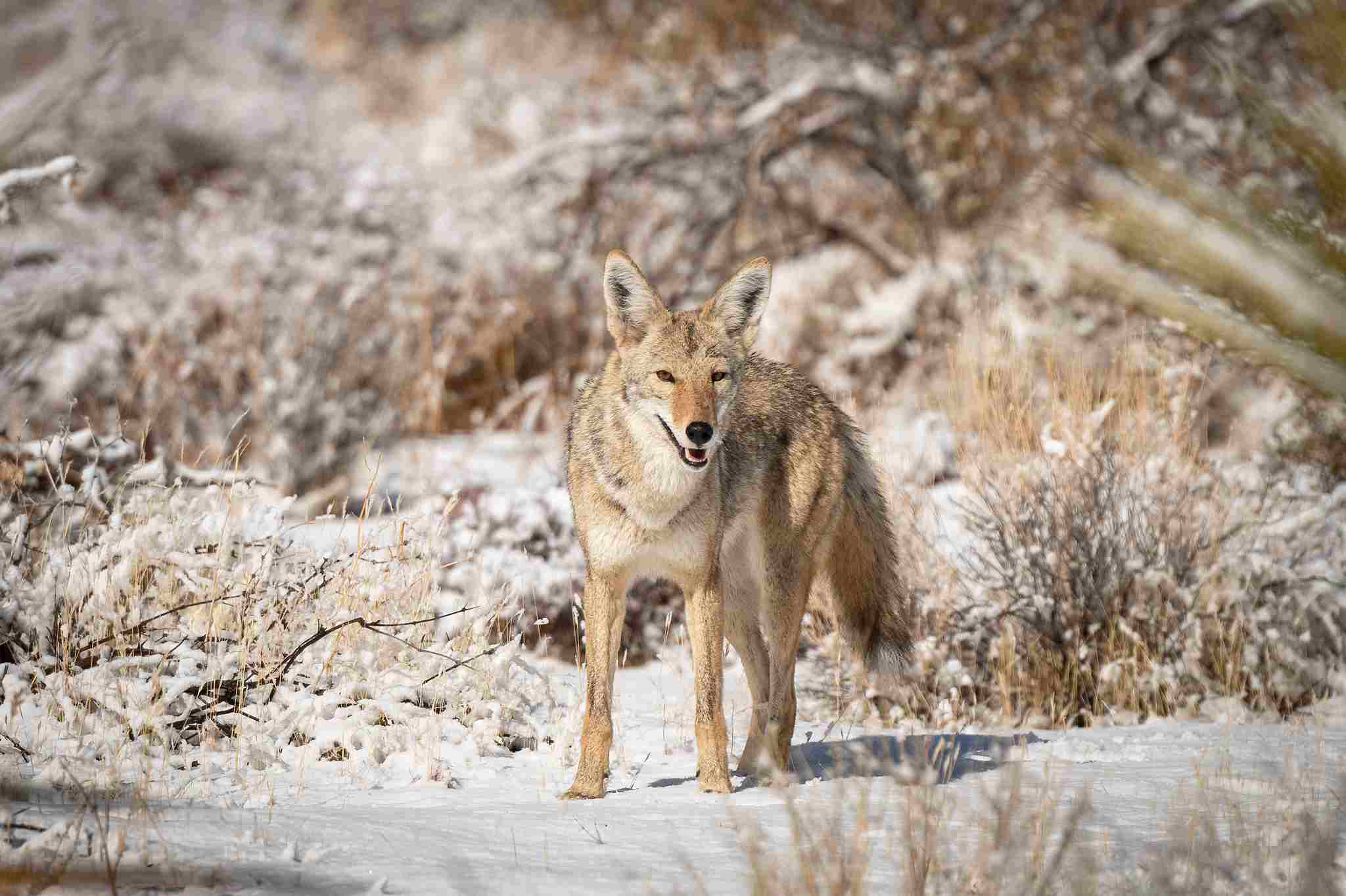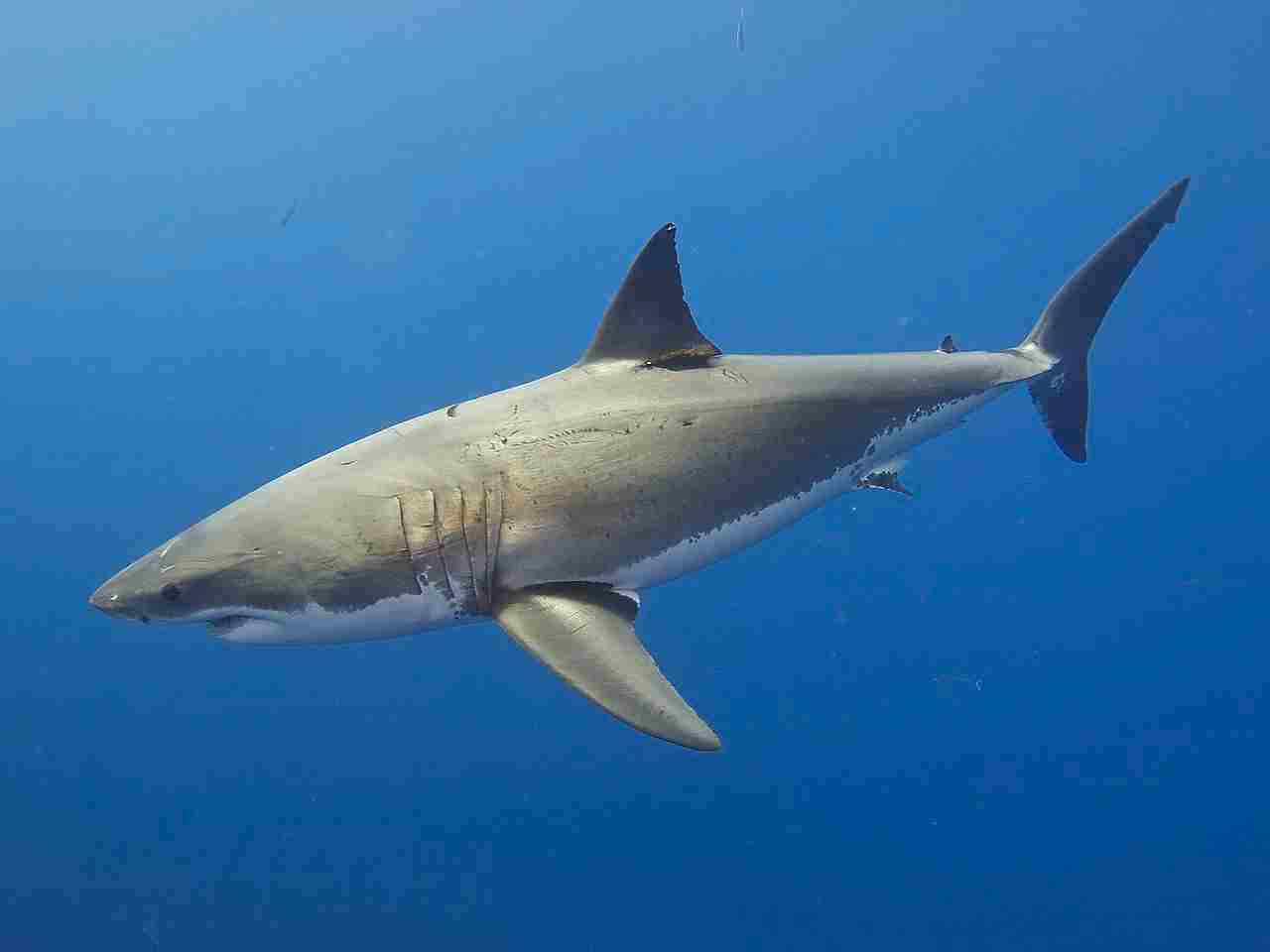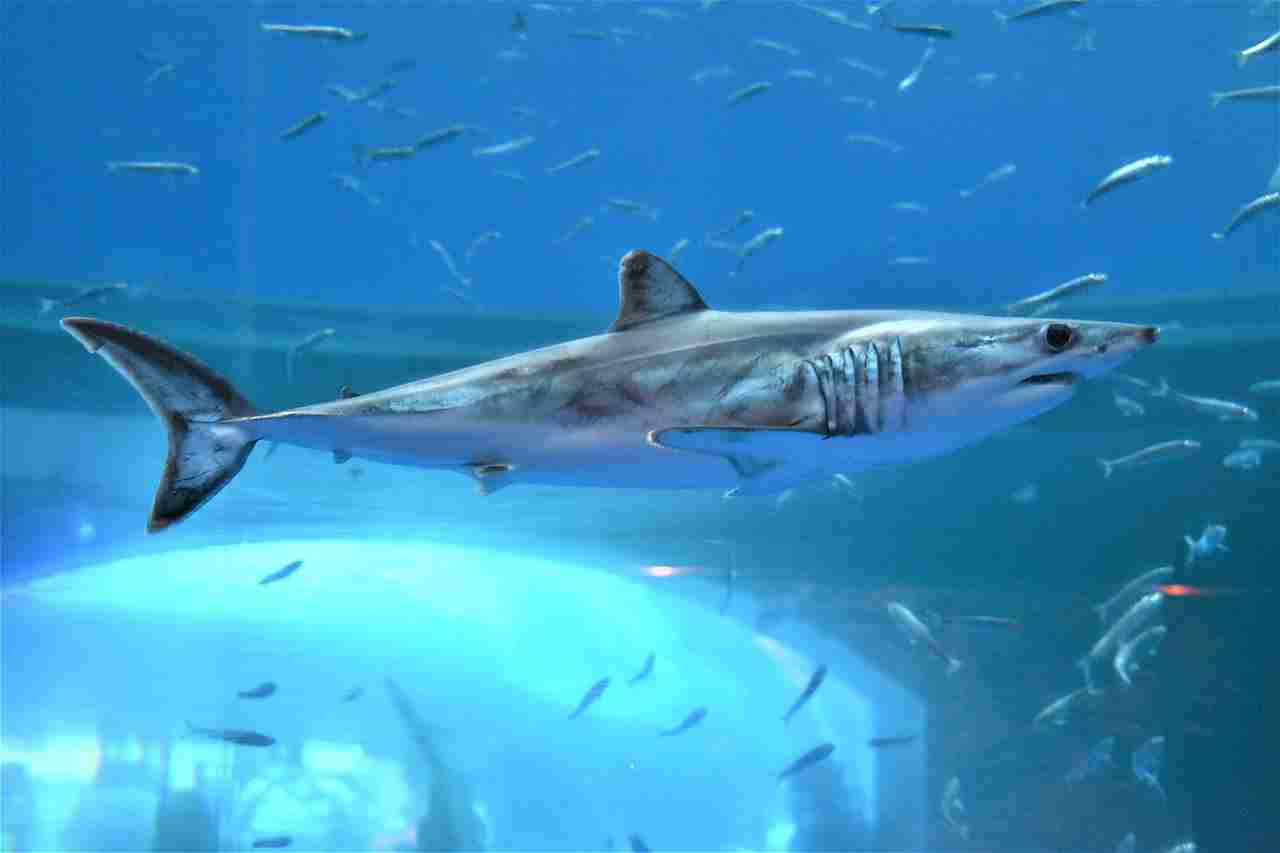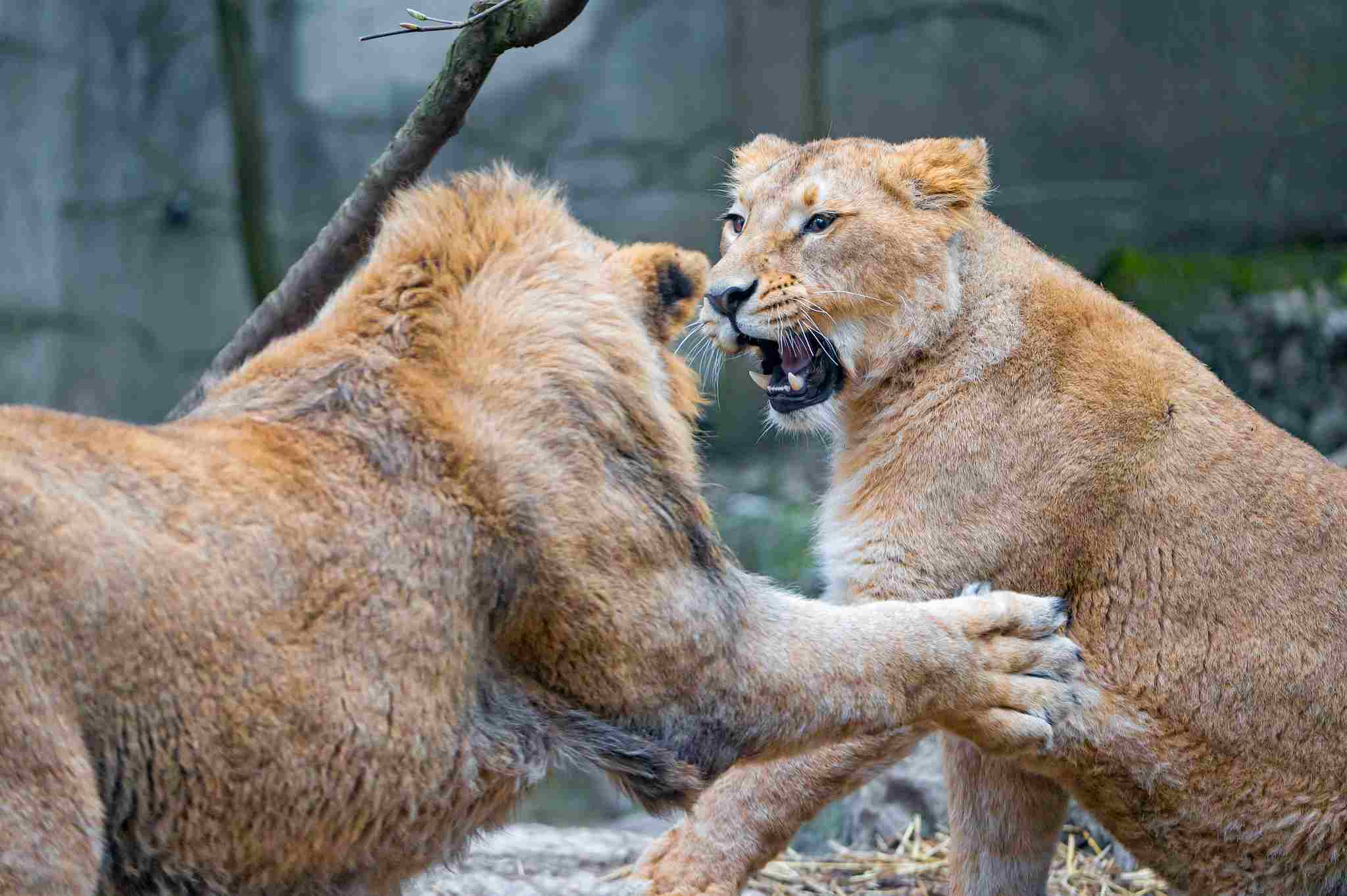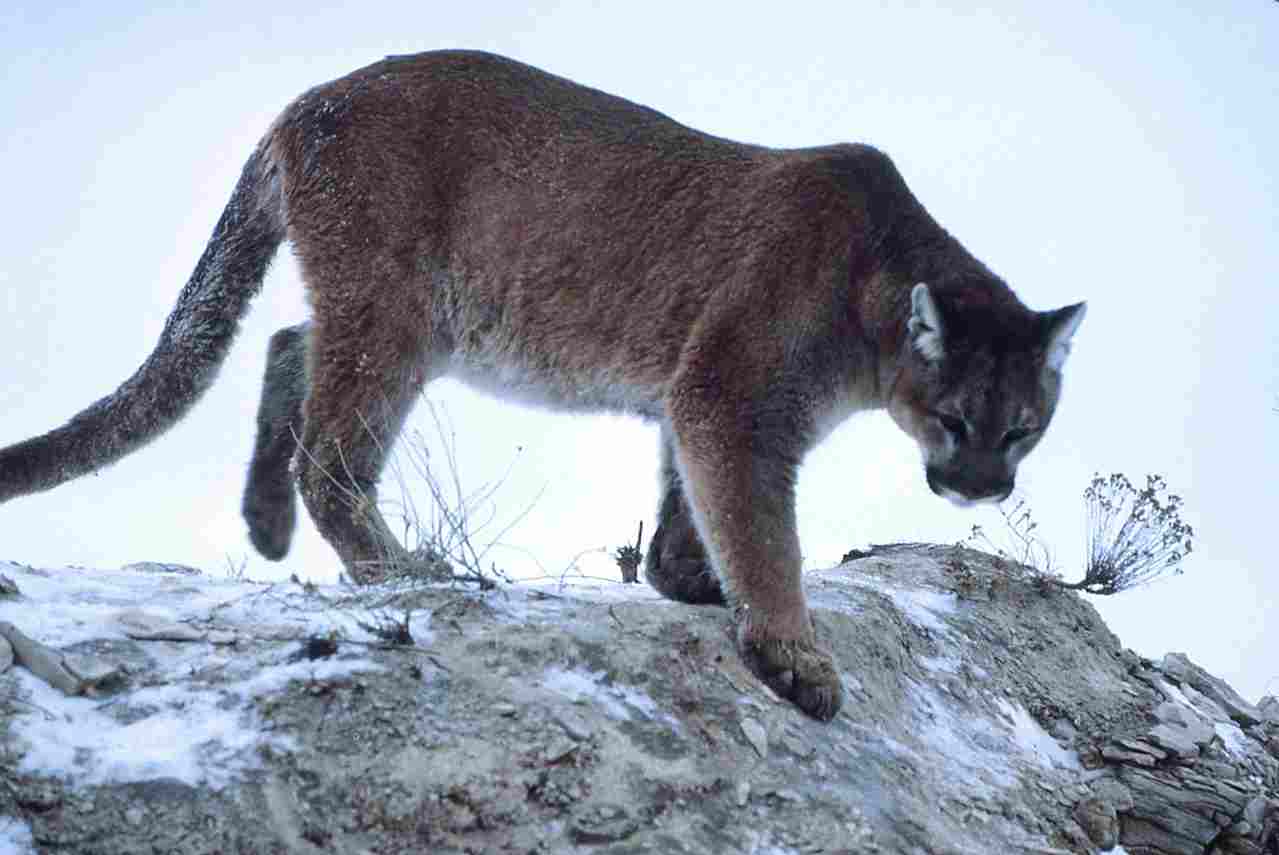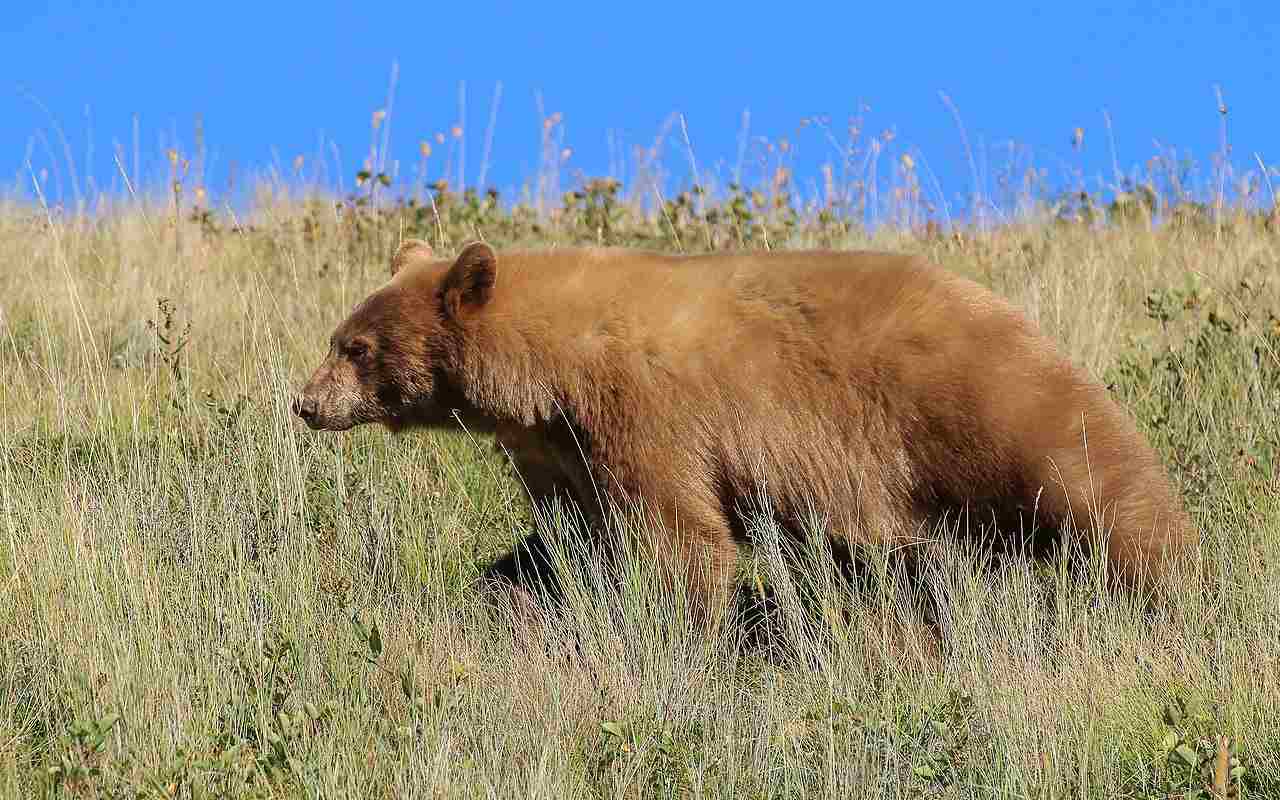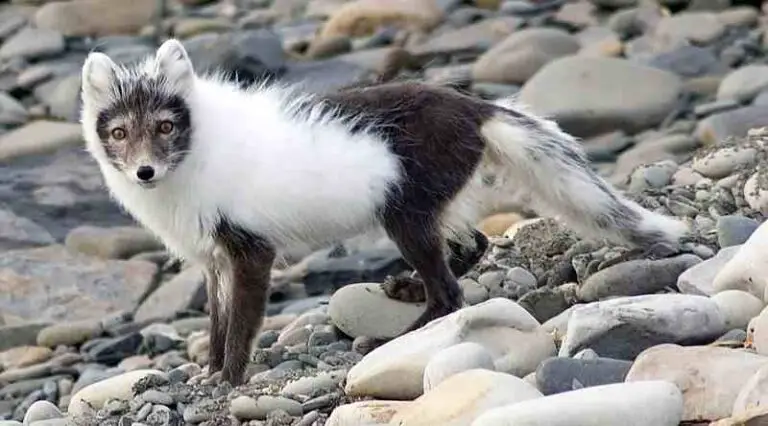23+ Dangerous Animals In Oregon And Their Characteristics
Examples of dangerous animals in Oregon include cougars, black bears, and Western diamondback rattlesnakes. Cougars are large cats that are reclusive but can be dangerous when provoked. Black bears generally avoid humans but can pose a threat if surprised or when with their cubs. Western diamondback rattlesnakes are venomous and potentially dangerous when threatened. Other dangerous animals in Oregon include Western Black Widow Spiders, Great White Sharks, and Coyotes. It’s important to be cautious and follow safety guidelines to avoid dangerous encounters with these and other wildlife in Oregon.
1. Cougars
Cougars, also known as mountain lions or pumas, are one of Oregon’s most formidable predators. These large cats are known for their agility and stealth, making them highly effective hunters. They primarily feed on deer and smaller mammals, but they can pose a threat to livestock and, in rare cases, humans. Cougars are generally reclusive, avoiding human contact, but encounters can occur in rural or forested areas where human development encroaches on their territory. If you encounter a cougar, it’s crucial to stay calm, make yourself appear larger, and back away slowly without turning your back. Cougars are a vital part of Oregon’s ecosystem, contributing to the balance of prey species, but respecting their habitat and maintaining caution when in cougar territory is essential for safety.
2. Black Bears
Black bears are common in Oregon’s forests and mountainous regions, where they feed on a diet of berries, roots, fish, and small mammals. They generally avoid humans, but encounters can occur, particularly when they are attracted to food sources like garbage or unprotected food in campsites. Black bears can be dangerous if provoked or if they feel threatened, especially when protecting their cubs. To avoid conflicts, it’s important to secure food and garbage, make noise when hiking to avoid surprising them, and follow proper bear safety guidelines in the wilderness.
3. Western Diamondback Rattlesnakes
The Western Diamondback Rattlesnake is a venomous snake found in the southern and eastern parts of Oregon. Recognizable by its distinctive diamond-shaped patterns and rattles on its tail, this snake prefers arid and rocky habitats. Although they generally avoid humans, they can strike if threatened or provoked. If bitten, seek medical attention immediately, as their venom can be dangerous. To reduce the risk of encounters, stay on designated trails, wear protective clothing like boots, and be cautious when reaching into hidden or rocky areas.
4. Pacific Rattlesnakes
Pacific Rattlesnakes are found in a variety of habitats across Oregon, from dry forests to grasslands and rocky outcrops. Like other rattlesnakes, they use their rattle as a warning signal when they feel threatened. While they play an important role in controlling rodent populations, their venomous bite poses a risk to humans. To avoid bites, it’s important to watch where you step, avoid tall grass, and give the snake plenty of space if encountered. If bitten, seek immediate medical attention.
5. Timber Rattlesnakes
Timber Rattlesnakes are historically present in Oregon but are now rarely seen due to habitat loss and other factors. These snakes are known for their vibrant coloration and distinctive rattle. Timber rattlesnakes typically avoid human contact, but if encountered, they can be dangerous due to their potent venom. The best way to avoid an encounter is to stay on trails and be cautious when exploring wooded areas. If you encounter one, back away slowly and do not attempt to handle or provoke it.
6. Western Black Widow Spiders
Western Black Widow Spiders are known for their distinctive black bodies with a red hourglass marking on the underside of their abdomens. They can be found in dark, undisturbed areas such as woodpiles, sheds, and basements throughout Oregon. Though their venom is potent, bites are rare and generally occur when they feel threatened. To avoid bites, be careful when moving or handling objects where spiders might be hiding, and wear gloves when working in potential spider habitats. If bitten, seek medical attention, as their bites can cause severe reactions in some individuals.
7. Hobo Spiders
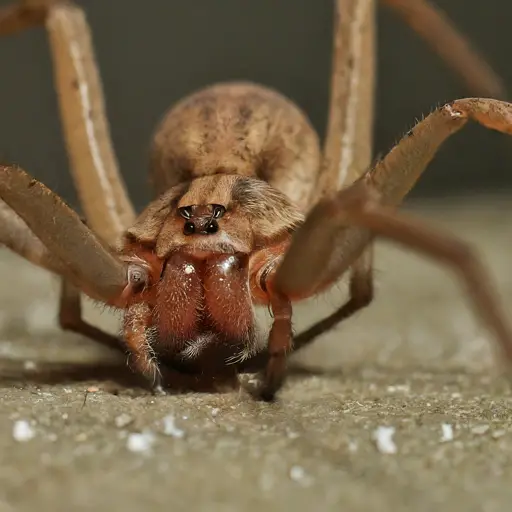
Hobo spiders are common in Oregon and are often found in homes, particularly in basements and other undisturbed areas. Their bite can be painful and may cause skin irritation or, in rare cases, more severe reactions. They are not aggressive but will bite if threatened. To minimize the risk of encountering hobo spiders, keep your home clean, seal cracks and crevices, and reduce clutter where spiders might hide. If bitten, monitor the wound for signs of infection and seek medical attention if needed.
8. Great White Sharks
Great White Sharks occasionally visit the Oregon coast, typically in pursuit of seals or sea lions, their primary prey. Though attacks on humans are extremely rare, these powerful predators can be dangerous. To minimize risk, avoid swimming in areas known for shark activity, especially where seals are present. When surfing or swimming in the ocean, stay in groups and follow local guidelines and warnings regarding shark sightings.
9. Bull Sharks
Bull sharks are a unique species known for their ability to tolerate both saltwater and freshwater, allowing them to navigate rivers and coastal areas. Though not common in Oregon, they could potentially be found in some estuaries or coastal regions. Bull sharks are considered more aggressive than other shark species, and while they rarely encounter humans in Oregon, caution should be exercised when in areas where they might be present.
10. Coyotes
Coyotes are widespread throughout Oregon, adaptable to various environments from urban to rural areas. They primarily feed on small mammals, birds, and insects, but they can also scavenge for food in populated areas. Although generally wary of humans, coyotes can become more bold in areas where they find easy food sources like garbage or pet food. To prevent coyote encounters, secure trash, keep pets indoors at night, and avoid feeding wildlife. If confronted by a coyote, make loud noises and appear as large as possible to scare them away.
11. Wolves
Wolves are native to Oregon and have made a comeback in recent years, mainly in the eastern parts of the state. As pack animals, wolves primarily prey on deer and elk, but they can also pose a threat to livestock. While wolves generally avoid humans, they can be aggressive if they feel threatened or are protecting their pack or territory. To avoid conflicts with wolves, it’s crucial to respect their habitat and follow guidelines when exploring areas where they might be present.
12. Mountain Goats
Mountain goats are known for their remarkable climbing skills and are typically found in Oregon’s high-altitude rocky areas. Although they seem docile, they can be aggressive, especially during mating season or if they feel threatened. Their sharp horns and powerful legs make them capable of inflicting serious injuries. If encountering mountain goats, maintain a safe distance and avoid provoking them. When hiking in their territory, stay on trails and be aware of your surroundings to avoid startling them.
13. Bobcats
Bobcats are solitary predators found throughout Oregon’s forests and rural areas. They are known for their agility and stealth, preying on small mammals, birds, and reptiles. Although bobcats are generally elusive and avoid human contact, they can pose a threat to pets and, in rare cases, humans if they feel threatened or are protecting their territory. To avoid conflicts with bobcats, keep pets indoors at night and avoid leaving food outside. If encountering a bobcat, make noise and try to appear larger to deter them.
14. American Elk
American elk are large and majestic animals found in Oregon’s forests and grasslands. While they are generally not aggressive, they can be dangerous during rutting season when males become territorial and during calving season when females are protective of their young. Elk are strong and can charge if they feel threatened. To avoid conflicts, maintain a safe distance, especially during breeding seasons, and never attempt to feed or approach them. When driving in areas where elk are present, be cautious and watch for crossings.
15. Bison
Bison were once native to Oregon but are now found mainly in reserves or parks. These massive animals are generally docile but can become aggressive if they feel threatened or if their territory is encroached upon. Bison are extremely strong and can charge with little warning. To avoid conflicts with bison, maintain a safe distance and never attempt to approach them. If visiting areas where bison are present, follow park guidelines and respect their space to ensure your safety.
16. American Moose
American moose are uncommon in Oregon but can be found in the northeastern part of the state. They are the largest species in the deer family and can be extremely dangerous if provoked or during mating season. Moose are known for their powerful legs and sharp hooves, which can cause significant injury if they feel threatened. To avoid conflicts, maintain a safe distance and never approach a moose, especially if they have calves nearby. When exploring areas where moose might be present, make noise to alert them to your presence and give them plenty of space to avoid confrontation.
17. American Alligators
American Alligators are not native to Oregon, but they can be found in captivity, such as in zoos or private collections. Although these reptiles are generally not aggressive toward humans, they can become dangerous if they feel threatened or when protecting their nests. To avoid conflicts, it’s essential to respect safety guidelines in places where alligators are kept, and never attempt to approach or feed them.
18. Grizzly Bears (historically present, not currently)
Grizzly Bears were historically present in Oregon but are now extinct in the region due to habitat loss and hunting. Known for their immense size and strength, grizzlies are highly territorial and can be extremely dangerous if provoked. Though they no longer pose a direct threat in Oregon, they are a reminder of the state’s rich wildlife history.
19. Bald Eagles
Bald Eagles, the national bird of the United States, are commonly found in Oregon, particularly near rivers and lakes. These majestic birds of prey generally do not pose a threat to humans, but they are known to be protective of their nests. To avoid conflicts, observe them from a distance and avoid disturbing their nesting areas. If you see a Bald Eagle in the wild, enjoy the view but respect their space to ensure they remain undisturbed.
20. Ospreys
Ospreys are another bird of prey found in Oregon, often near bodies of water where they hunt for fish. These birds are not dangerous to humans but can be aggressive when protecting their nests. They are known for their sharp talons and excellent eyesight. To avoid disturbing ospreys, keep a safe distance from their nesting sites and avoid attempting to interact with them. Enjoy watching them from a distance as they fish and soar in the skies.
21. Scorpions
Scorpions are uncommon in Oregon but can be found in the southeastern part of the state, particularly in arid and desert-like regions. While most scorpions are not lethal to humans, their sting can be painful and cause allergic reactions in some individuals. To avoid scorpion encounters, be cautious when lifting rocks or reaching into dark crevices, and wear gloves when working in their habitat.
22. Pacific Giant Salamanders
Pacific Giant Salamanders are large amphibians found in Oregon’s moist forests and streams. While they are not typically dangerous to humans, they can bite if threatened or handled roughly. To avoid provoking them, observe salamanders from a distance and avoid disturbing their natural habitat. If you come across one, enjoy the sight but do not attempt to capture or handle it.
23. American Kestrels
American Kestrels are small falcons commonly found in Oregon, particularly in open fields and along roadways. They are not dangerous to humans but can be aggressive when protecting their nests. These birds are known for their striking plumage and acrobatic flight. To avoid conflicts with kestrels, give them space and avoid approaching their nesting sites. Watching them hunt and soar can be a thrilling experience.
24. Wolverines
Wolverines are rare in Oregon but can be found in the state’s remote mountainous regions. Known for their ferocity and strength, these solitary animals are capable of taking down prey much larger than themselves. Although they generally avoid human contact, wolverines can be dangerous if cornered or threatened. If exploring areas where wolverines might be present, be cautious and avoid leaving food sources that could attract them.
| Animal | Description |
| Cougars |
Large cats; reclusive but dangerous when provoked or hungry.
|
| Black Bears |
Generally avoid humans; dangerous when surprised or with cubs.
|
| Western Diamondback Rattlesnakes |
Venomous; found in southern and eastern Oregon; dangerous when threatened.
|
| Pacific Rattlesnakes |
Venomous; found in various habitats; generally avoid humans.
|
| Timber Rattlesnakes |
Historically in Oregon; rare; venomous and dangerous if provoked.
|
| Western Black Widow Spiders |
Venomous; found in dark, undisturbed areas; dangerous if threatened.
|
| Hobo Spiders |
Common in homes; bites can cause irritation; generally not aggressive.
|
| Great White Sharks |
Occasionally visit Oregon’s coast; potentially dangerous if provoked.
|
| Bull Sharks |
Tolerate salt and freshwater; potentially aggressive; not common in Oregon.
|
| Coyotes |
Found throughout Oregon; generally avoid humans but can be a threat to pets.
|
| Wolves |
Present in eastern Oregon; generally avoid humans but can be aggressive.
|
| Mountain Goats |
Found in high-altitude areas; dangerous when provoked.
|
| Bobcats |
Solitary predators; generally avoid humans but can be aggressive.
|
| American Elk |
Large and majestic; dangerous during rutting or calving seasons.
|
| Bison |
Not native to Oregon; dangerous if threatened; found in reserves/parks.
|
| American Moose |
Uncommon; potentially dangerous if provoked or during mating season.
|
| American Alligators |
Not native; generally not aggressive but can be dangerous if threatened.
|
| Grizzly Bears |
Historically present; extremely strong; now extinct in Oregon.
|
| Bald Eagles |
Found near rivers/lakes; not dangerous unless nests are threatened.
|
| Ospreys |
Not dangerous; protective of nests; found near bodies of water.
|
| Scorpions |
Uncommon; found in southeastern Oregon; painful but not usually lethal stings.
|
| Pacific Giant Salamanders |
Found in forests/streams; not typically dangerous but can bite if threatened.
|
| American Kestrels |
Small falcons; not dangerous but can be aggressive around nests.
|
| Wolverines |
Rare in Oregon; generally avoid humans but can be dangerous if cornered.
|
